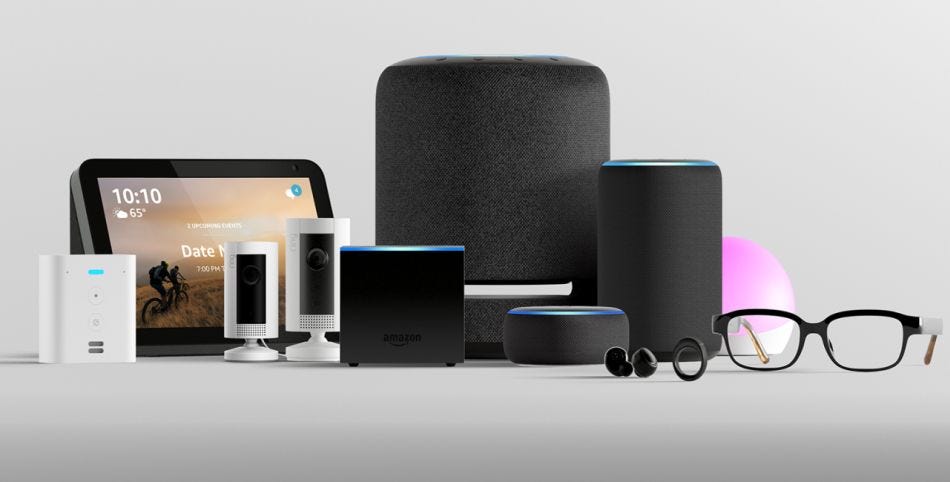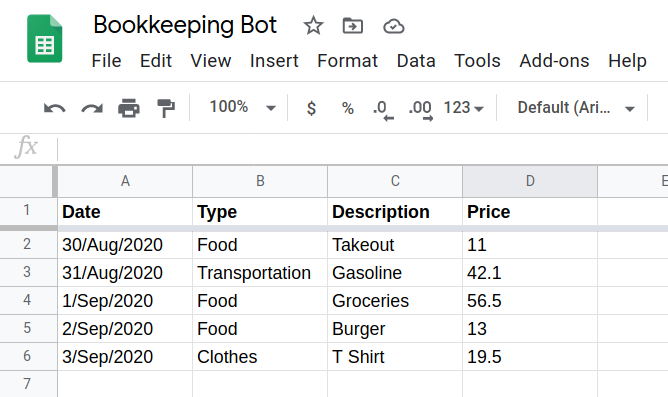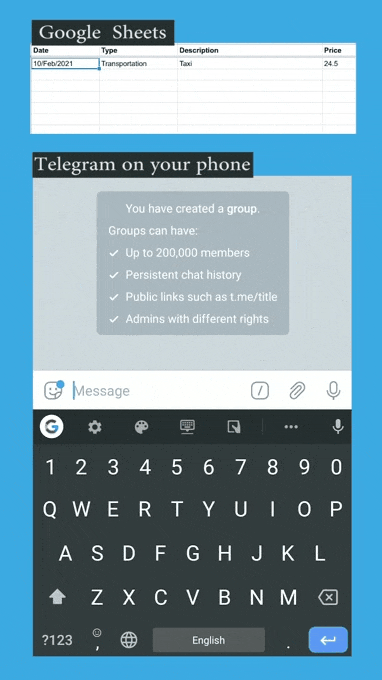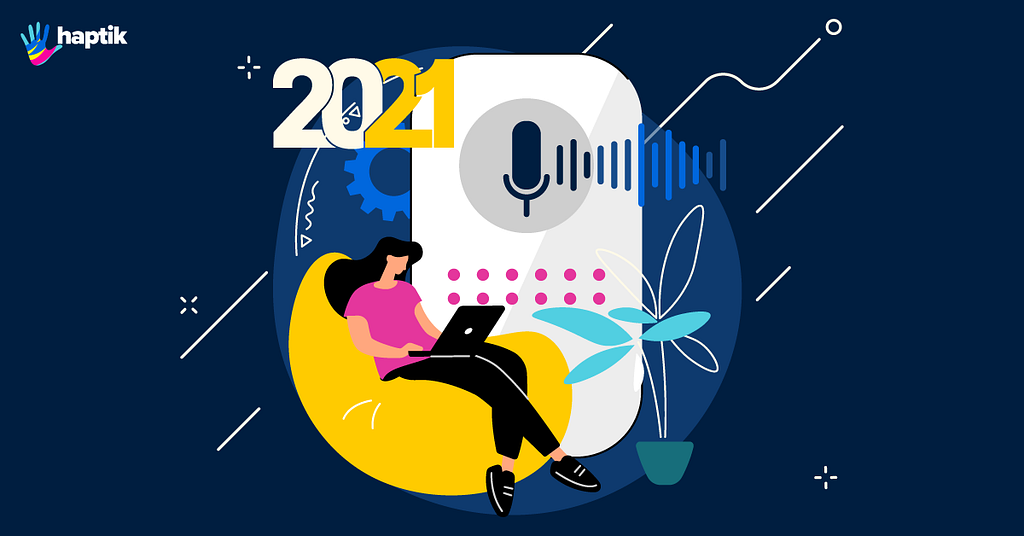
Customer service is the most critical factor determining whether a business will grow or suffer from customer apathy. Excellent customer service as a strategy can bring an immense competitive advantage. Keeping customers happy is a challenging endeavor, given the continually changing business environment and customer expectations. The first point of customer contact plays a critical role in customer experience. An Interactive Voice Response (IVR) system often serves as this first point of contact. Given the crucial role that IVR plays in the contact center, it is essential for businesses to be aware of IVR trends for 2021 and beyond, in order to get their customer experience strategy for the near-future right.
Current IVR Challenges
According to , IVR was responsible for over 50% of consumers not completing their business transactions. According to Forrester, about 79% of customers would rather self-serve than use human-assisted support channels. These trends have forced many to wonder if IVR is relevant any more. However, voice is a preferred channel for the younger generation today, as evident from voice assistants’ adoption and popularity. There might also be times when customers prefer voice channels over other text-based channels depending upon the situation. And hence, will remain an integral part of businesses’ customer experience strategies if it can reinvent itself.
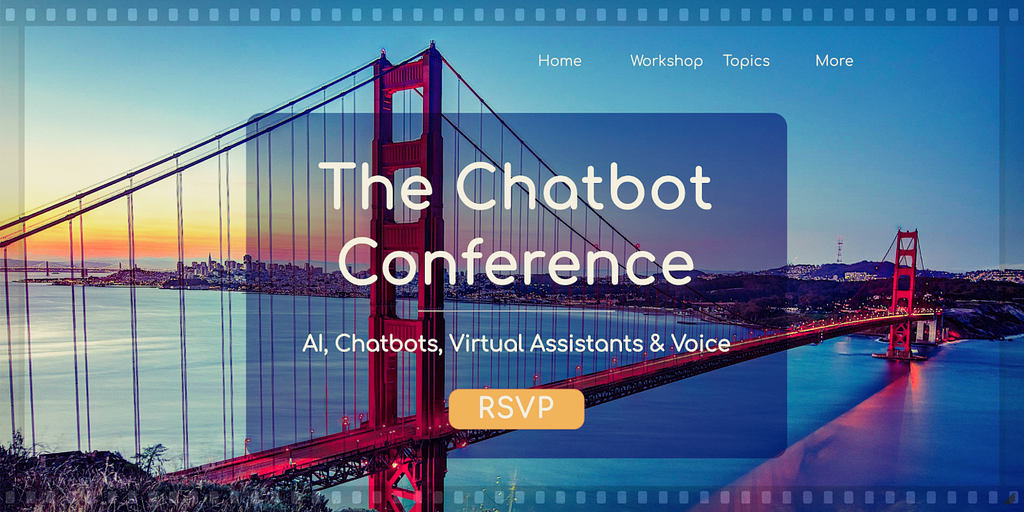
There are four primary issues with the current implementation of IVR.
- Traditional IVR takes a one-size-fits-all approach, without any regard for customer emergencies and the impact of delayed services. There was no way to fast-track more urgent queries. Such inability hurts customer satisfaction. At the same time, agents spent their time on non-critical or time-sensitive issues, thus negatively impacting the internal efficiencies.
- If there are spikes in the incoming call traffic, it becomes challenging to serve all the customers. Teams either quickly need to increase the number of agents or risk not catering to all the customers.
- They employ a confusing and lengthy process before a customer can obtain meaningful answers and resolutions to their queries and issues. It forced the customer to select many options and wait for an agent to be available for even simple questions. If the agents are busy handling other customers, it increases the wait time, and this issue is a significant cause of dissatisfaction with IVR.
- IVR systems had poor integration with other channels of customer interactions. Customers perceive a business as one integrated entity; hence, isolated, disjointed channels provide a sub-par experience. Even with IVR itself, often, the customer had to shift from one agent to another and repeatedly explain the issues.
Learn more: IVR Deflection vs Conversational IVR: How to Improve Customer Satisfaction
Trending Bot Articles:
4. How intelligent and automated conversational systems are driving B2C revenue and growth.
What Do Customers Want?
What businesses need to keep in mind is that the IVR doesn’t work in isolation. Companies must consider IVR implementation and the overall customer satisfaction strategy together, rather than as independent tools. From that perspective, it is critical to understand what customers want and determine how you can use IVR to fulfill those wants.
Omnichannel Experience
A HubSpot study revealed that 62% of customers want to communicate with companies via email for customer service. 48% want to use the phone, 42% live chat, and 36% “Contact Us” forms.” There is a significant overlap between the numbers. Overall, 89% of customers expect an omnichannel experience.
Consistent Experience Across Channels
Omnichannel experience has different connotations than multichannel experience. A multichannel IVR implementation is disjointed, so it doesn’t maintain the customer experience’s uniformity and consistency. In the absence of such consistent experience, you risk losing 73% of your customers.
That is why well-designed omnichannel IVR implementations have the potential to be consistent across all channels. The consistency means a seamless transfer of information between channels while maintaining the continuity of conversations. If customers switched to text messaging from a voice call, they shouldn’t need to explain themselves or share the same information they already shared on the call.
Immediate Response
The HubSpot study also revealed other interesting statistics. 90% of customers wanted an immediate response to their calls and queries. Such urgency is because customers only call the support center when they cannot solve their issues using self-service options.
The IVR trends for 2021 reflect these four primary customer needs and that the technology and businesses are responding to the drawbacks and challenges consciously.
IVR Is Undergoing A Transformation
The emergence of Artificial Intelligence (AI) and Machine Learning (ML) has brought a renaissance for . Instead of going away, it is transforming with these emerging technologies to provide an even better customer service experience by removing traditional IVR shortcomings. The data availability and technological advances allow the IVR to be meaningful again for the companies while reducing the risk of customer dissatisfaction.
The three dimensions of customer needs and the inevitable adoption of AI and ML capabilities are primary drivers of how IVR and customer experience technologies will evolve in 2021 and beyond.
#1: Rise of Conversational IVR
There are slim chances that you are not aware of what Siri or Alexa is. There is an estimation that before 2020 ends, there would be 4.2 billion digital voice assistants globally, and by 2024, the number would be 8.4 billion , more than the world’s population. Thanks to the advances in Natural Language Understanding (NLU) and conversational Artificial Intelligence (AI), voice is becoming the favored mode of interaction across all spheres. Conversational IVR follows this trend as it is becoming the preferred first point of contact for customers.
Conversational IVR removes one of the biggest customer grievances. While they still may be talking to a machine, it is a much more humanized form than the DTMF (Dual Tone Multi-Frequency) technology’s robotic voice asking them to choose numbers mechanically. Instead, conversational IVR understands what they are saying and responds with relevant information without the customer having to solve a puzzle.
#2: Predicting Caller Intent Is The Foundation
One reason for long wait times with IVR was to capture every possible piece of information about the customer. Organizations wanted to capture this information to know about the customer and why the customer was calling. However, such attempts often ended up with the customers having to choose many options when prompted. It increased the wait time and customer frustration.
Instead, the systems are now trying to predict the reasons behind the customer call. Sometimes, it is easy to find such intent. For example, there is a canceled flight, and one of the customers who were to travel in that flight calls up the airline’s IVR. Chances are they are trying to find alternate flights to book. Factoring this knowledge in how the IVR responds to the customer can make the conversations more effective and efficient.
Predicting the intent is much more convenient with conversational IVR . The NLP algorithms at the backend can process the query, in addition to the underlying trained data. It can then respond appropriately.
As conversational IVR continues to collect more data, ML algorithms become more accurate with their predictions.
#3: Breaking Down The Constraints With Omni-Channel Communication
It was 2014 when Apple announced the “Handoff” feature during WWDC. The handoff allows you to continue work seamlessly between your Macs, iPhones, and iPads in continuation. IVR is catching up to similar capabilities to provide friction-less communication across devices, channels, geography, and time. It is also adjusting itself to changing communication preferences as generations change. As day-to-day communication moves from phone calls to text to voice, the IVR follows the trend.
Both conversational interfaces and predictive intent help with omnichannel communication. While the conversational interface may be the initial touchpoint, it can identify the customer’s needs and preferences and suggest moving the interactions to another appropriate channel.
#4: Rise Of Visual IVR & Self-service Capabilities
Smartphones have ensured that no matter where we are, we have various capabilities at our fingertips. New age IVR is utilizing these capabilities to stretch the boundaries of customer service. A customer calls up to understand detailed options of an insurance policy, and the options change based on customer preferences. Instead of explaining choices and asking for preferences over a phone call, the contact center can simultaneously provide those options on the customer’s smartphone. A customer can select from those options. Such interactive implementation is a basic example of visual IVR, but the possibilities are endless.
The web already has such self-service capabilities. By combining speech and on-screen interactions, Visual IVR simplifies the navigation experience and expands the possibilities of IVR-based self-service activities. By combining channels, Visual IVR provides much greater engagement and ease of operations. The increased convenience and engagement drive up customer satisfaction.
These capabilities also enhance personalization that again drives satisfaction. The IVR system can present relevant options based on geography, language, previous interactions, and many other details to reduce the customers’ cognitive load.
Check out our latest e-book: Conversational AI: Redefining Contact Center Automation With AI .
#5: Analytics
The underlying ML and AI support for IVR systems is helping companies not only generate better analytical insights but it is also allowing them to convert those insights into action. 2021 and onward, we will see more integrated data across channels, and even better insights, including predictive analysis, will drive the consumer experience (CX). With omnichannel IVR, it is possible to aggregate the data into a single source of truth. Such aggregation will help companies build strategic CX improvement initiatives instead of ad-hoc solutions and take objective decisions.
There are many ways analytics will help companies create efficiencies in their processes. From reducing the Average Call Handling Time (ACHT) to reducing the call volume, analytics can help companies develop practical strategies that improve the customer experience while reducing the cost and time of serving them.
#6: Optimization Based on Customer Journey
One of the issues with how businesses utilize IVR is that it treats every customer and every situation with the same approach. Some cases demand faster response than others, and some business processes are inherently more complex than others. The customer experience strategy must take into account the scope of optimization for such operations.
One way to do it is to imagine the customer journey for critical scenarios and optimize those response strategies. For example, if a customer calls for an issue that involves the breakdown of equipment or some such pressing problems, it wouldn’t make sense for the IVR to send them to other channels to find solutions. The best option would be to connect them to a human agent. The agent can then divert the customer to other channels if appropriate.
However, to do that, you need to understand both the company as well as the customer. The journey should also be flexible so that the IVR system can determine those variables dynamically, and the journey map can change optimally. While the journey maps must have predefined handover points between the digital tools and humans, flexibility to alter them for unique circumstances optimizes the experience.
#7: Personalization Is The Pinnacle of Customer Experience
While we have made immense progress in breaking down the geographical barriers for doing business and bringing innovative solutions to solve pressing problems, companies still strive for customer loyalty. With many product options available, there are few barriers for customers to switch from one brand to another. In the old days, business people and shopkeepers had a direct connection to the customer. This connection was the biggest driver of customer loyalty.
Personalization offers businesses a chance to create a deep connection with customers. It humanizes digital channels. And that’s why it is one of the most critical factors of a successful digital transformation for businesses.
IVR technology is also adopting personalization. All the trends contribute to enabling businesses to offer a personalized CX to their customers. As the underlying ML and AI algorithms become more accurate with the continuous influx of data, IVRs will have more opportunities to offer personalized experiences. These experiences will drive up customer satisfaction and will reduce customer acquisition costs (CAC).
IVR is one of the most critical touch points between your business and customers. While there was a decline in IVR’s overall effectiveness in the last few years, the emergence of new technologies has started transforming how IVRs are implemented and used. As these new technologies mature, they will open more avenues for companies to make their customers’ lives easier, benefiting from improved customer satisfaction and business growth in return. Companies need to look at the integrated picture where IVR is part of the entire technology stack and utilize them to serve customer expectations and needs.
Want to develop an Intelligent Virtual Assistant solution for your brand?
Don’t forget to give us your 👏 !



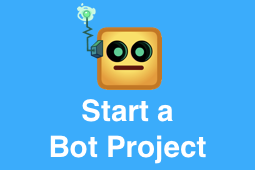
7 Remarkable IVR Trends For the Year 2021 And Beyond was originally published in Chatbots Life on Medium, where people are continuing the conversation by highlighting and responding to this story.

